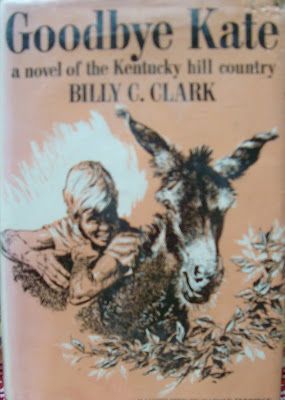 Pony Jungle
Pony JungleLavinia R. Davis, il. Gordon Ross
1941, Doubleday & Company
She held her breath and turned Gray Mouse's head toward the outside of the circle. She got a good grip with her knees and then touched her inside heel to his side. "Come on, boy," she called. "Canter. Canter, now!"
At the start of the summer, 12-year-old Dibs Terrill is looking forward to meeting her new neighbors, two English children shipped to a wealthy relative to escape the war. Her 13-year-old brother, Josh, is less interested, being more or less completely absorbed in his study of nature around their rural Connecticut home. And 6-year-old Tommy is simply too young to understand. But Dibs's first meeting with the Edgemonts twins is a disaster. Rosemary is fat and dreamy, hardly the wan princess Dibs has imagined. And Patrick is cranky and aloof, far from the gallant Englishman of her dreams. And there are inevitable Anglo-American wrangles.
"I shouldn't bellow so were I you," Patrick said before the echo of Dibs's shrill voice had entirely vanished. Grand'mere doesn't like shrieking." Dibs gave one convulsive sniff at the idea of really calling anyone Grand'mere...
The other children have their own worries; Tommy is endlessly trying to keep up with the older kids, Josh senses his indifference to sports and riding disappoints his father, and the twins are both haunted by memories of bombings and harassed by a present where their only choice of companions is a grumpy old groom, their grandmother or a trio of somewhat annoying Americans.

Which is where the horses come in. When the pony Gray Mouse leads Dibs into a hobo camp, her idea of making their own version creates a connection with the Brits for the first time, and the kids become friends as they construct their very own hobo jungle, dubbed the pony jungle after Gray Mouse. Dibs and Patrick, in some ways natural enemies, bond over their shared love of horses and riding, while Rosemary and Josh happily continue their solitary pursuits of reading and nature study. There are various adventures, often involving the horses, and a standard mystery.

While the horse Barney and the pony Gray Mouse play a significant role in the story, it's more of a straightforward adventure tale than a horse story. There are chapters given over to a horse show, a foxhunt, and other horsey activities, but the bulk of the plot is about the friendships and activities of the humans. It's a very strong book, especially in the fleeting but powerful images of Patrick's confusion, upon waking, that the crash of trash cans outside are the bombs falling around his boarding school back in England.
Equines
Major - farm horse
Gray Mouse - grey pony
Barney - chestnut gelding
Dogs
Poodles - Poodle
Tickles - Scottish Terrier
Royal - Great Dane
About the Author
1909-1961
Lavinia Riker Davis was born in New York City
According to the website TomFolio.com, Davis wrote over 43 books, some under the name Wendell Farmer. A collection of her diaries, The Journals of Lavinia Riker Davis, was published in 1964. This is available online at the Alexander Street Press's Social And Cultural History: Letters And Diaries Online.
TomFolio
Other books
Buttonwood Island (1940) (il. Paul Brown)
Pony Jungle (1941) (il. Gordon Ross)
Plow Penny Mystery (1942( (il. Paul Brown)
Melody, Muttonbone And Sam (1947) (il. Paul Brown)
The Secret Of Donkey Island (1952)
Sandy's Spurs (1951)
Donkey Detective (1955)
Hobby Horse Hill
Juvenile, non-horsey
Island City
Clown Dog
Round Robin
Americans Every One
Spinney And Spike And The B-29
It Happened On A Holiday
Adventures In Steel
Grab Bag
Skyscraper Mystery
Picture Books
Roger And The Fox
The Wild Birthday Cake
Danny's Luck
Summer Is Fun
Teen
Hearts In Trim
Janey's Fortune
A Sea Between
Come Be My Love
Stand Fast And Reply
Thrillers
Evidence Of Dragons
Threat Of Dragons
Barren Heritage
Taste Of Vengeance
Reference To Death
Anthologies featuring a story
Great Stories About Dogs
Flying Hoofs: Stories Of Horses
About the Illustrator
Gordon Ross (1873-1946)
Born in Scotland, he moved to San Francisco as a teen and studied at the Mark Hopkins Art Institute and worked on the San Francisco Chronicle. He moved to New York City, where he began illustrating books.















